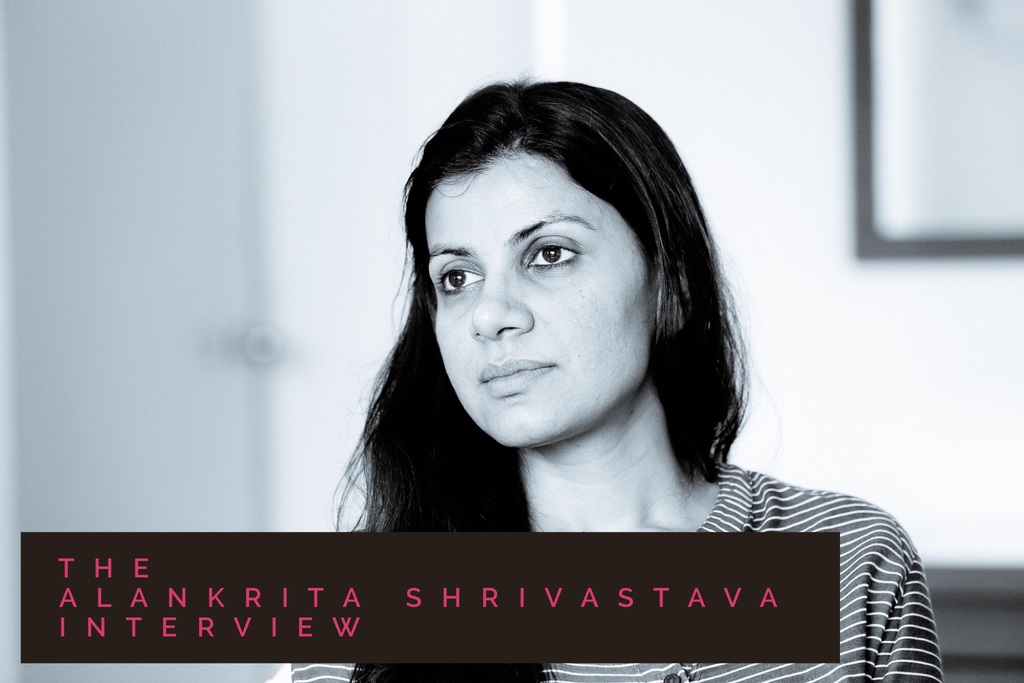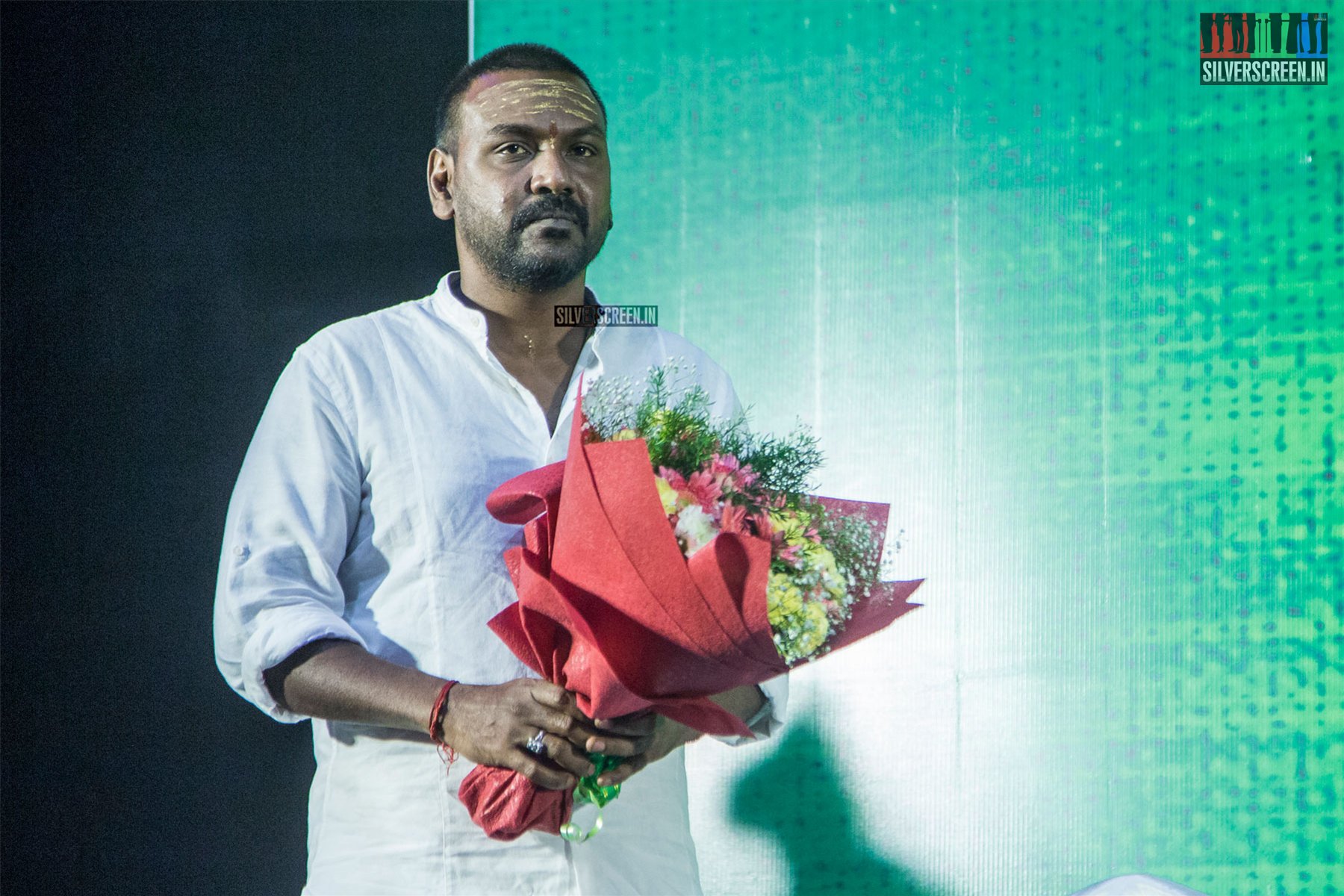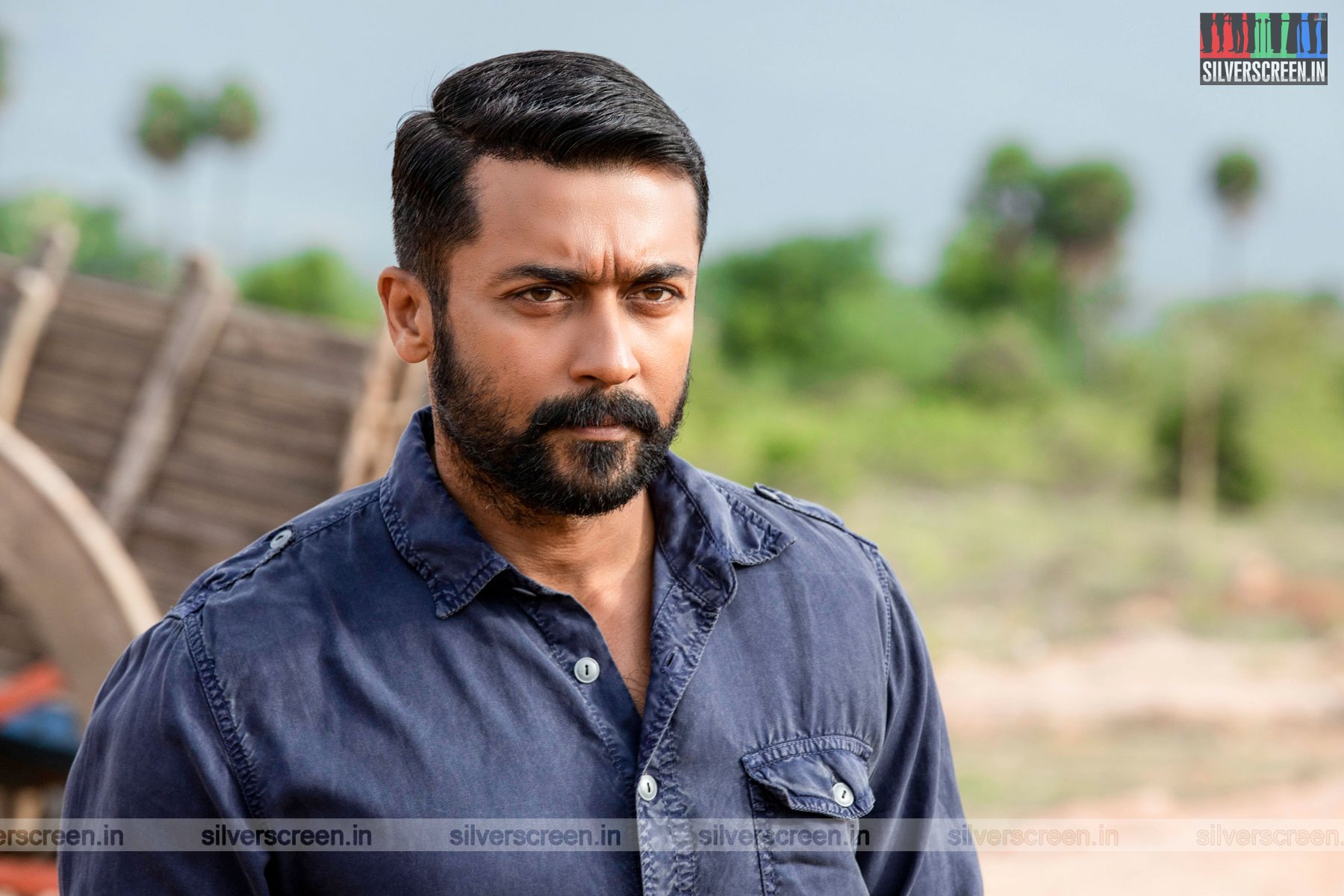“Centuries of wait ends here. The Saraswati you read about in ancient texts is right in front of you!,” announces a television anchor. On screen, the headlight of a vehicle tries to rip off a thick sheet of fog. There is no river in sight.
Searching For Saraswati, the first Indian documentary in The New York Times newspaper’s Op-Docs section, is about the spectacle Indian politics has turned into. Directed by Shirley Abraham and Amit Madheshiya, the 20-minute long film is a dark satire as well as an eerie reflection of today’s India where monolithic Hindu nationalism is taking over rational political-social discourse. The film unfolds over a seven-day Government-backed Saraswati Mahotsav in Mughalwali, a nondescript Haryana village where the river that finds mention in the Rig Veda is said to have resurrected as a creek. The State and Central governments have rallied behind it, splurging in at least Rs 50 crore to bring the river alive.
Sometime in early 2015, the Haryana Government announced that it had finally found the Saraswati, putting an end to years of speculation and excavation. “With the discovery of Saraswati, it has been established that India is the oldest culture and civilization in the world,” the government officer in-charge of Saraswati Heritage Development Board is quoted as saying. He promises an assembly of school children that he would perform an aarti on the banks of the river in the coming year. Another member of the Board, recipient of a PhD, tells the children how Western historians, archaeologists, and scientists have, for many years, been responsible for spreading the misconception that the Saraswati is a figment of someone’s imagination. “But, it is not mythical. All our sacred texts were written on its banks,” he says proudly. As his voice fades away, children pass by the school’s science museum – its doors are firmly locked.
Among the characters in the film is Sahiram Kashyap, a farmer on whose land the creek stands. He addresses the water body as “Maa” (Mother), performs a puja every morning to make it flow, and sleeps near it every night. There is Gopal Das, a priest who has come from afar to help the cause by setting up a charitable trust to raise funds. In one instance, he explains to his listeners the importance of unconditional faith. He uses the example of Kalpana Chawla, the first Indian woman to travel to space, to establish his point. “She was our girl from Karnal. She went to NASA, traveled to space, collected information about the secrets of the universe. While coming back to reveal it to the world, bam! God created an explosion!” The group nods in agreement as he explains the moral of the tale, “Never question God’s secrets!”
The film, one of the five supported by the coveted Sundance Institute-MacArthur Foundation Short Film Fellowship, was released on the New York Times website’s on July 10.
Abraham and Madheshiya studied journalism at Delhi’s Jamia Millia Islamia. While Shirley quit the field soon to make short documentaries, Madheshiya, an award-winning photographer, joined her in The Cinema Travellers, a deeply moving film about a bunch of people in the Maharashtrian countryside who make up what might be the last leg of India’s lesser known, but iconic touring talkies culture. The film went on to be screened at over 25 international film festivals, including the Cannes Film festival where it won a L’Œil d’or Special Mention: Le Prix du documentaire.
They wrapped up Cinema Travellers in May 2016, and made their first visit to Mughalwali in August 2016. The duo had been following the story of the Saraswati for long through newspaper reports. During the first visit, they saw Sahiram Kashyap.
“It was a difficult story to approach,” says Madheshiya about the first week they spent in Mughalwali. “Nothing happened. We didn’t know how the story would move ahead. But, during our next visit, we came across the priest (Gopal Das). The Government started the Saraswati Mahotsav Yatra. That gave us a narrative.”
They spent three weeks in the village shooting the film. “Upon witnessing the events in Mughalwali, the first thought that came to my mind was that this is straight out of Gabriel Garcia Marquez’s world!” laughs Abraham. “There are fabulous characters, and there is this lethal mix of politics, religion and science. We knew that the film should have metaphors and the quality of magical realism,” she says.
“The statement – “A river has been found “- itself is quite something, isn’t it?,” says her co-director. “There was already a prophecy that it would be. There is this active element of magical realism. And, we came across characters such as the priest and the farmer who believed that he is the custodian of the goddess…”
Of course, not everyone in Mughalwali is ready to buy the Government’s narrative. The film features a motley group of villagers indulging in discussions, dissecting the idea of the river being resurrected, and agreeing to reason. A farmer, one of the few rational voices in the village, says, “This is ground water. Not a river, not Saraswati. Look at it. Is it flowing?” A sceptical woman asks the men around her, “Oh, if it’s the river Saraswati, why does it look like a pond?”
“When you look at a faraway village where a river has been dug out, you assume that this is a case of blind faith, and that the people don’t know any better. The film tells you they do,” says Abraham. “They have a good understanding of what this collective movement can mean politically. They know there is a certain political and economical momentum to this; that this tiny water body can become a pilgrim centre. There is a constant and active use of faith that really struck me, she says. “Faith is not just naive faith. It can also be active, conscious and political.”
The film has a strong point of view, and it takes a side. At the same time, the characters are treated sympathetically. “Human beings are not binary. We try to represent people whose stories we narrate as humans, not as super villains or super heroes. We employ a sympathetic lens. We empathise with their ambitions, with things that we do not agree with,” says Madheshiya.
One of the first people they met in Mughalwali was Kashyap, who was more than happy to talk. “He had a strong belief in that water. He was maintaining a record of people who visited the place. He wanted the story of the Saraswati to spread, not only in the country but also internationally,” says Madheshiya. Kashyap, they say, knew the power of media, and embraced the filmmakers. “I think we became very good friends during filming,” says Madheshiya, who admires documentary filmmaker Werner Herzog’s Grizzly Man and The Cave of Forgotten Dreams.
Both filmmakers do not mince words when talking about the hullabaloo around the resurrected river. “This is a metaphor for what the Government is trying to do in the country,” says Madheshiya. “This whole idea of trying to find validation in the past is a very misguided political strategy. It is problematic at many levels. I don’t even know where to begin, it’s such a complex problem,” he says.
Just over a fortnight before the documentary’s release, Lalita Yadav, a Minister in Madhya Pradesh, presided over a ritual where two frogs were wedded to please the rain gods to save the drought-hit Bundelkhand region. Time and again, leaders from the ruling Bharatiya Janata Party have delivered in public, chest-thumping claims about ancient India being more technologically advanced than any modern civilisation. Most prominently, in 2014, while inaugurating a hospital in Mumbai, Prime Minister Narendra Modi said that the physiognomy of Ganesh proved that ancient India was proficient in plastic surgery.
Too much money is being spent to resurrect a river, the glory of Hinduism and India’s past, says Madheshiya. “At the same time, there are several rivers that have been lifelines of Indian society and economy. We don’t treat those rivers respectfully. Rivers such as the Ganga and Yamuna are in really bad shape. What is the motivation to bring alive a river when we can’t really respect the rivers that are alive today?” he asks.
Even more worrying are the attempts to discredit science and the misuse of scientific institutions for political gain, they say. “They are encouraging you to not ask questions. When you still dare, you are called a foreigner, an anti-national or someone who believes in Western historians. This attitude curtails scientific thinking across the country,” he adds.
Affirming this point is a moment in the film where PP Kapoor, an activist, says that although he filed an RTI (Right to Information) report seeking the details of the correspondence between the Haryana Government and institutions such as the Archaeological Survey of India and NASA, he got a reply from the district administration that said, “The information is not available in this office.”
The film, available for viewing on The New York Times website as well as on its YouTube channel, has been receiving overwhelmingly positive responses. “I am glad people have seen the value of a film like this in this political moment when there is a conscious effort to cultivate unquestioning and unthinking in the national political scale, and when a large section of people recognise the need for rational political discourse,” says Abraham.
The film sneaks in several images that tease us with meaning. A group of men sits around the water creek, discussing the water’s miraculous healing powers; the camera zooms to a frog in the water. The camera gazes at a yellow board that lays out details of a Rs 50 crore Government excavation project to bring an ancient myth to life, and in the background, trucks drive past unpaved village roads.
“For us, the language of filmmaking is sacred and paramount. We didn’t want this to just create noise, or consult people and make a “he-said-she-said” kind of film. Only metaphors and a certain visual form could achieve what we really wanted to say through this film, and we feel great when it is being recognised for them,” she says. “It’s a hard film to make – with many tangles of nationalism, politics, history, rationalism and propaganda..”
Madheshiya’s long-standing experience as a photographer helps greatly in finding this visual language. “It brings a certain reflection and meditation that is integral to our film,” says Abraham. “You could make a documentary by keeping your camera open and recording events. But, is that all you want to say? What is the meditation that you bring to this moment and time? That factor comes very strongly from Amit’s aesthetic and the way he looks at the world as a photographer,” she says.
Madheshiya, who admires Werner Herzog, says being the editor of the film helps him further solidify the metaphorical images they find while filming. “I can build that up into a thought, strengthen it in the edit. Otherwise, it’s a loosely hanging image. Documentary filmmaking is a very personal journey, and all our films are handcrafted in that sense.”
Recommended
The one philosophy the duo follows in documentary filmmaking is that it’s important to ‘destabilise some of the ideas that one enters a film with’. “For instance, it’s easy to assume that The Cinema Travellers is a film about nostalgia, about how things become obsolete over time. But through the film, we were able to say that the film isn’t just about looking back in time. The people in the film are looking ahead,” says Abraham, whose personal favourites in documentaries are Joshua Oppenheimer’s The Act of Killing (2012) and The Look of Silence (2014).
Working with Madheshiya is a sort of an alchemy, she says. “Somewhere, Amit and I share a certain way of looking at the world, which resonates with each other. That’s primarily why we work together. Mostly, we agree on what is the story here. Besides the pursuit of the Saraswati, it’s a more specific story about a village where nationalistic propaganda filtered in with the discovery of a river,” she says. “While Amit translates it into a visual language, I translate it into an emotional language. Our work is the best of both these worlds. It comes across as self-congratulatory, but I do think that’s the strength of our work. Somewhere, we have to complement each other, and the energy needs to be in sync.”
Watch the film here:
***



